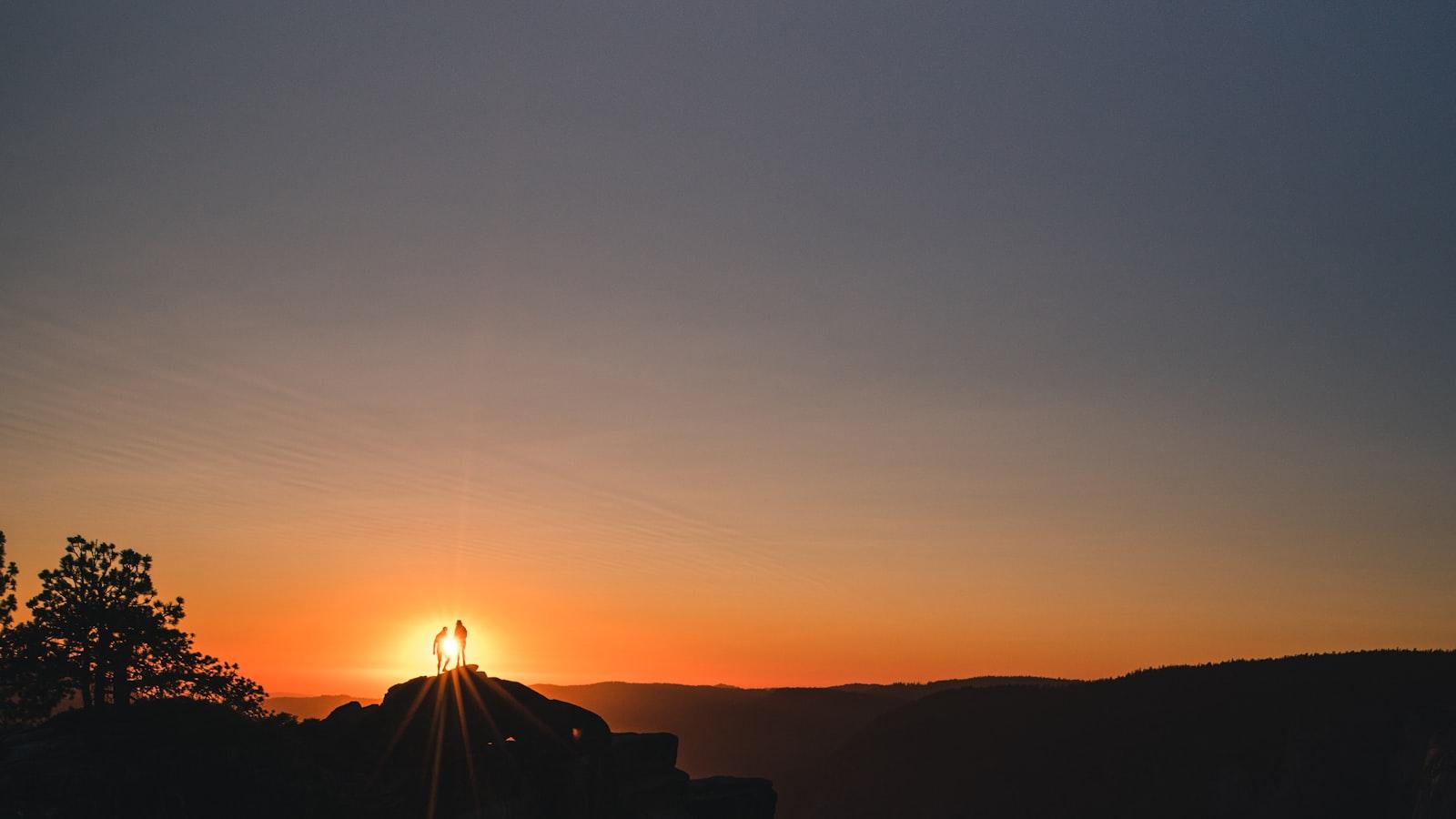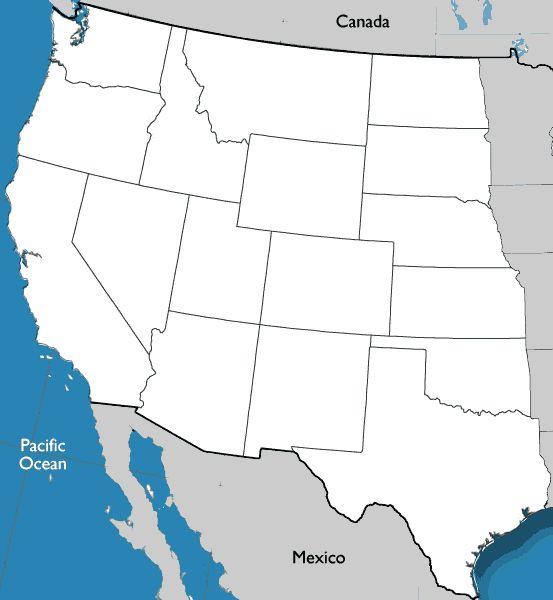As the global conversation on climate change continues to gain momentum, the Environmental Protection Agency’s latest regulations targeting coal have stirred up controversy among stakeholders. However, upon closer examination, it becomes clear that the new climate regulations for coal are nothing out of the ordinary for the EPA. In fact, they are simply a reflection of the agency’s ongoing commitment to protecting our planet’s fragile ecosystem. Let’s delve into why these regulations are not only perfectly normal, but necessary in the fight against climate change.
Overview of the EPA’s New Climate Regulations for Coal
Many people are quick to jump to conclusions when they hear about the EPA’s new climate regulations for coal, assuming that it must be drastic and controversial. However, upon closer inspection, it becomes clear that these regulations are simply a necessary step in the ongoing effort to combat climate change.
With a focus on reducing carbon emissions from coal-fired power plants, the new regulations aim to protect both public health and the environment. By implementing stricter emission standards and encouraging the transition to cleaner energy sources, the EPA is taking a proactive approach to addressing the pressing issue of climate change. While change can be challenging, these regulations are part of a larger effort to create a more sustainable future for all.

Rationale behind the EPA’s Decision
Many people may be wondering why the EPA has decided to implement new climate regulations specifically targeting coal. The truth is, this decision is not as radical as it may seem at first glance. The EPA’s primary goal is to reduce greenhouse gas emissions and combat climate change, and coal-fired power plants are one of the biggest culprits when it comes to carbon pollution. By tightening regulations on coal, the EPA is taking a necessary step in the fight against climate change.
Furthermore, the new climate regulations for coal are in line with the EPA’s mission to protect human health and the environment. Coal combustion releases harmful pollutants into the air, such as sulfur dioxide, nitrogen oxides, and particulate matter, which can have serious health effects on nearby communities. By enforcing stricter regulations on coal plants, the EPA is working to improve air quality and protect the health of all Americans. This decision is not about singling out coal, but rather about ensuring a cleaner, healthier future for generations to come.

Impacts of the New Regulations on the Coal Industry
Despite the uproar from coal industry lobbyists, the new regulations on the coal industry are actually a necessary step towards combating climate change. The Environmental Protection Agency (EPA) has a responsibility to protect public health and the environment, and these regulations are in line with that mission. The coal industry must adapt to these changes to reduce their carbon footprint and transition towards cleaner energy sources.
Some of the key include:
- Reduction in greenhouse gas emissions: Coal-fired power plants are some of the largest emitters of carbon dioxide. The new regulations will require these plants to implement technologies to reduce their emissions, leading to a cleaner environment for all.
- Investment in renewable energy: With the decline of coal, there will be an opportunity for investment in renewable energy sources such as solar and wind power. This shift will not only benefit the environment but also create new job opportunities in the renewable energy sector.

Recommendations for Compliance and Adaptation
When it comes to the new climate regulations for coal, it’s important for companies to focus on compliance and adaptation. One key recommendation is to invest in clean energy technologies such as solar and wind power. By diversifying their energy sources, coal companies can reduce their carbon footprint and meet the new EPA rules.
Another important step is to improve energy efficiency within coal plants. This can be done through upgrades to equipment and infrastructure, as well as implementing energy-saving practices. By taking these proactive measures, coal companies can not only comply with the new regulations but also adapt to a changing energy landscape.
Closing Remarks
In conclusion, the new climate regulation for coal is simply another step in the EPA’s ongoing mission to protect the environment and public health. While it may have sparked controversy and debate, it is important to remember that regulations and changes in policy are a natural part of our government’s efforts to address pressing issues and adapt to new information. As we continue to strive for a cleaner, more sustainable future, it is crucial to approach these regulations with an open mind and a commitment to finding solutions that benefit us all. Let us work together to protect our planet and ensure a brighter tomorrow for generations to come.





